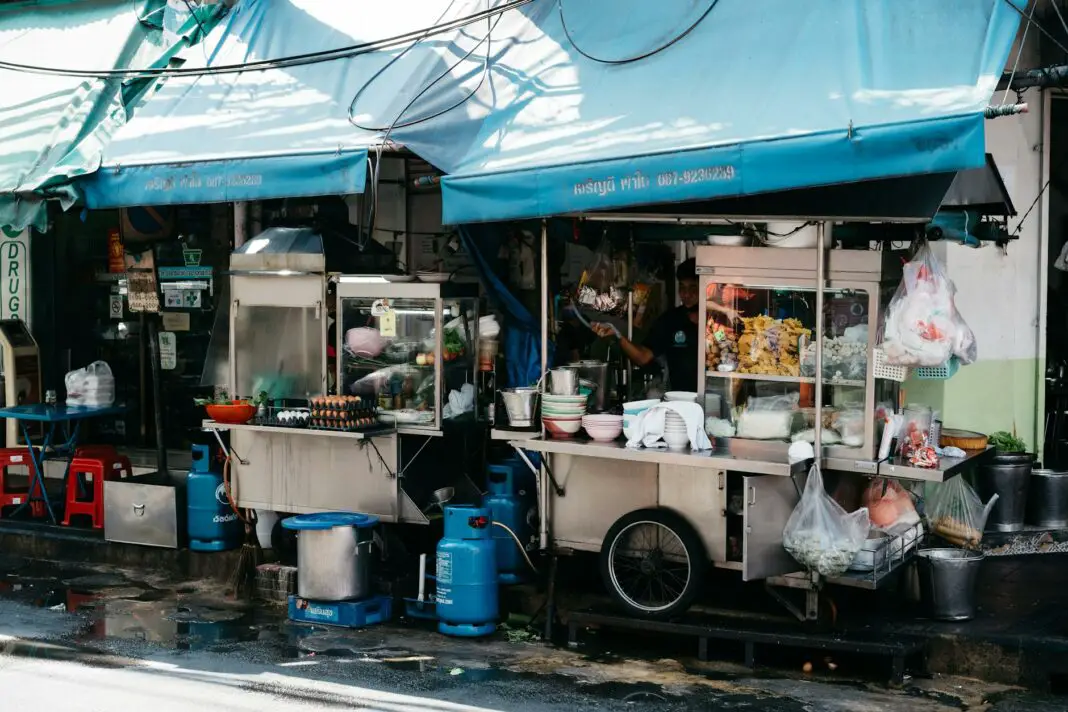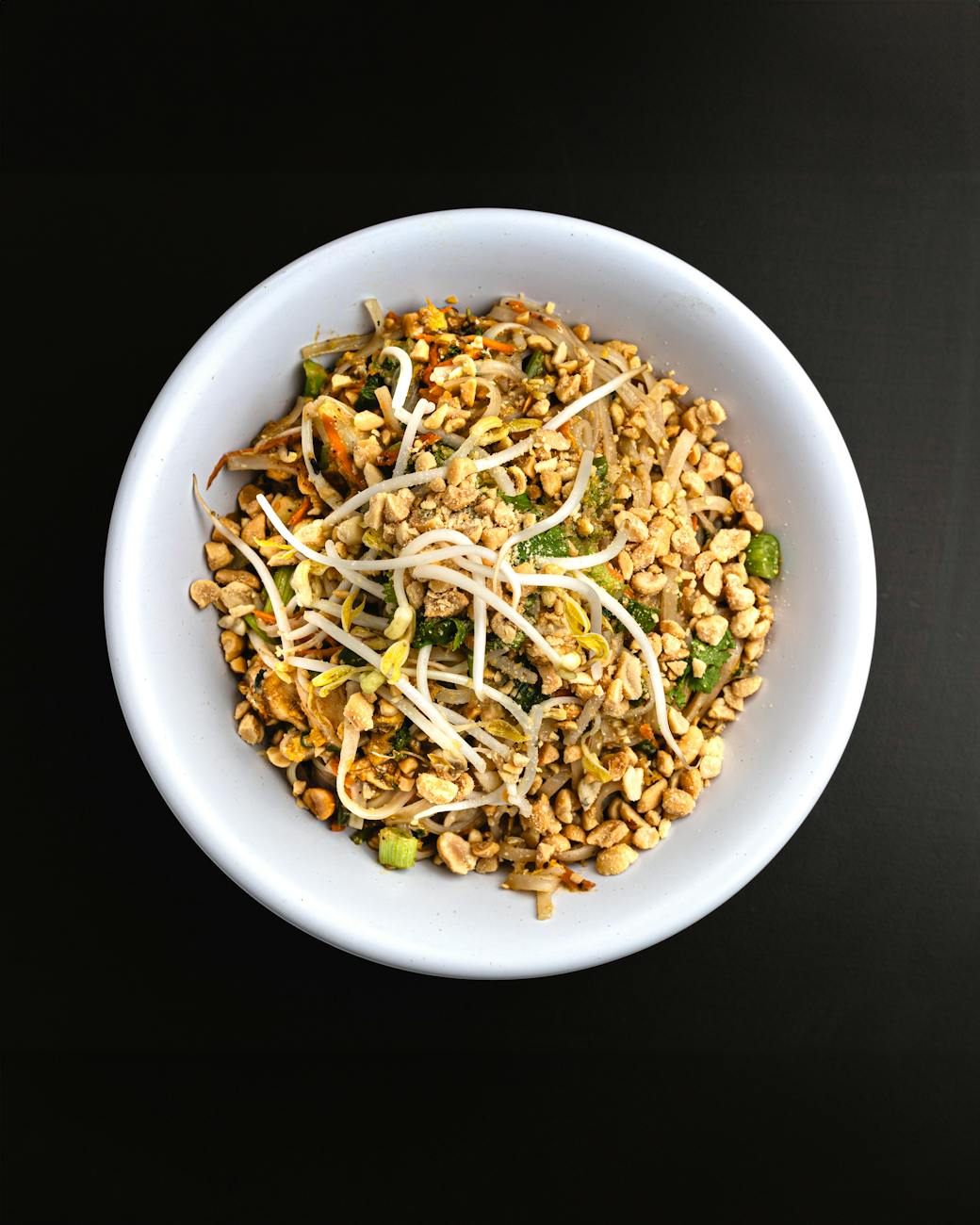Unlock the Secrets: What Makes Thai Cooking So Special?
Embarking on a journey to Thailand is not just about visiting breathtaking temples or relaxing on stunning beaches; it’s equally about indulging in the rich tapestry of flavors that Thai cuisine has to offer. Each dish tells a story, woven from centuries-old traditions and the harmonious balance of sweet, sour, salty, and spicy elements. By uncovering the secrets behind Thai cooking, you not only discover delicious meals but also immerse yourself in the culture and history that defines this remarkable country.
From the bustling streets of Bangkok to the tranquil villages of Chiang Mai, food plays a pivotal role in Thai life. Travelers are often captivated by the complex flavors and vibrant colors presented in traditional dishes. This blog post explores why Thai cooking is so special, peeking behind the curtain to reveal the unique ingredients, techniques, and philosophies that make it a standout in the global culinary scene.
Table of Contents
- The Philosophy of Thai Cooking
- The Importance of Fresh Ingredients
- Balancing Bold Flavors
- Essential Thai Cooking Techniques
- Exploring Regional Dishes
- Actionable Tips for Enjoying Thai Cuisine
- A Delicious Recap: Why Thai Cuisine Shines
- Frequently Asked Questions
The Philosophy of Thai Cooking
Thai cooking is renowned for its intricate balance of flavors, conveying a profound respect for natural ingredients and culinary balance. This philosophy embraces the concept of harmony, where each flavor not only coexists but enhances the others. Sweetness from palm sugar complements the heat of chili; aromatic herbs elevate the overall experience with their fragrant presence. Understanding this essential philosophy can transform how you perceive and appreciate dishes while dining in Thailand or attempting to recreate them at home.
Moreover, tradition plays a crucial role in Thai cooking. Many recipes are passed down through generations, often adapted based on family preferences or regional availability of ingredients. This blend of historical significance and contemporary flair makes Thai cuisine dynamic yet rooted deeply in its cultural origins. Appreciating this philosophy enriches your luncheon or dinner experience, reminding you that every bite encapsulates a piece of Thai heritage.
The Importance of Fresh Ingredients
Fresh ingredients are the backbone of Thai culinary arts, directly influencing the taste, texture, and visual appeal of each dish. Street vendors and home cooks alike prioritize locally sourced produce, ensuring that every meal bursts with freshness and seasonality. Imagine strolling through a vibrant local market, where fresh herbs, chilies, and vibrant produce await—a sight that is not only visually stunning but also integral to crafting the perfect Thai dish.
Thai cooks often incorporate fragrant herbs such as cilantro, basil, and lemongrass, which add layers of complexity. The utilization of fresh chilies offers an intensely spicy kick that awakens the palate, while fresh vegetables add crunch and nutrition. By prioritizing fresh ingredients, Thai cooking maximizes flavor potential and provides diners with an authentic and invigorating gastronomic experience. When traveling through Thailand, make it a point to try dishes made from farm-fresh components for an immersive culinary adventure.
Balancing Bold Flavors
The hallmark of Thai cuisine lies in its remarkable ability to balance bold flavors, achieving an equilibrium that leaves diners craving more. Each dish often contains sweet, salty, sour, and spicy elements harmoniously blended together. For instance, a classic Thai green curry achieves a delightful complexity through the use of creamy coconut milk, aromatic herbs, tangy lime, and fiery chilies. This bold interplay encourages exploration of diverse tastes, transforming each mealtime into a delightful culinary journey.
Moreover, Thai chefs are adept at utilizing spices and seasonings that heighten flavors and evoke sensory pleasure. The insight of a skilled chef can make the difference between a good meal and an extraordinary one. When exploring Thai dishes, it’s vital to savor how these flavors dance together, creating a unique taste experience that speaks to the heart of Thai cooking.
Essential Thai Cooking Techniques
Mastering the essential cooking techniques used in Thai cuisine can elevate your culinary endeavors. Techniques such as stir-frying, steaming, and grilling are utilized to highlight the freshness and integrity of the ingredients while allowing for a variety of textures in dishes. Stir-frying, for instance, is a swift cooking method that maintains the vibrant colors and crispness of vegetables, while preserving their nutrients.
Additionally, the art of balancing flavors often entails meticulous preparation methods, like meticulously pounding spices to unleash their full aroma or crafting pastes that form the backbone of many Thai dishes. Understanding these techniques empowers home cooks to recreate authentic Thai flavors. When experimenting with these methods, remember that the journey to mastering Thai cooking is as enriching as the dishes themselves, providing countless opportunities for discovery.
Exploring Regional Dishes
Thailand is a vast country with diverse regional cuisines, each offering unique flavors and ingredients. From the aromatic dishes of the central region to the spicier fare of the northern provinces, exploring regional dishes is an adventure in itself. For instance, Northern Thai cuisine is characterized by its use of herbs and spices, presenting dishes like Khao Soi, a flavorful curry noodle dish not to be missed during your travels.
Southern Thai cuisine, on the other hand, leans heavily on seafood and coconut, offering fresh and zesty dishes like Massaman curry. Each region uniquely emphasizes local produce, cooking methods, and flavors, making every trip across the country a culinary delight. By indulging in regional specialties, you can experience the true essence of Thailand in a profoundly delicious way.
Actionable Tips for Enjoying Thai Cuisine
When seeking to indulge in the rich world of Thai cuisine, consider these actionable tips to enhance your experience. First and foremost, when dining out, embrace the concept of sharing dishes. Thai meals are commonly served family-style, and this communal approach allows you to sample a variety of flavors and textures.
Next, do not hesitate to engage with local chefs and food vendors. Asking questions about their cooking methods, ingredients, and the inspiration behind their dishes can lead to deeper cultural understanding. Finally, venture into the realm of cooking classes. Learning from experienced chefs will not only equip you with treasured recipes but also immerse you in the vibrant culinary landscape of Thailand.
A Delicious Recap: Why Thai Cuisine Shines
The universal appeal of Thai cuisine stems from its harmonious balance of flavors, respect for fresh ingredients, and rich regional diversity. By embracing the philosophy that underpins Thai cooking, you gain insight into a culinary tradition that celebrates each ingredient’s potential. Every bite carries the passion and history of the Thai people, inviting you to savor and appreciate the depth of its culinary heritage.
The variety of techniques employed in Thai cooking reinforces its international acclaim, ensuring that whether you are dining at a local street vendor or fine dining restaurant, the experience remains extraordinary. For anyone embarking on a journey to Thailand or hoping to recreate a piece of it at home, understanding these driving forces behind Thai cuisine is essential in savoring its unique offerings.
Frequently Asked Questions
What are the key ingredients in Thai cooking?
Essential ingredients in Thai cooking include rice, noodles, fresh herbs like basil and cilantro, fish sauce, tamarind, and a variety of chilies, all contributing to the unique flavors found in traditional dishes.
Can I make Thai food at home?
Absolutely! Many Thai recipes can be recreated at home using fresh ingredients and essential techniques. Numerous cooking classes and online tutorials can guide you in preparing your favorite dishes.
What dishes should I try in Thailand?
When in Thailand, make sure to experience local favorites such as Pad Thai, Green Curry, Tom Yum Goong (spicy shrimp soup), and Mango Sticky Rice to capture the essence of Thai flavors.
Is Thai food healthy?
Thai cuisine often emphasizes fresh vegetables, herbs, and lean proteins, making it a nutritious dining option. Many dishes can be relatively low in calories yet rich in flavor, promoting a healthy lifestyle.
How does regional cuisine differ across Thailand?
Regions within Thailand offer distinct culinary experiences, influenced by local ingredients and traditions. For instance, Northern Thai dishes tend to use fewer spices, while Southern Thai cuisine leans towards seafood and coconut flavors, showcasing the diversity of Thai culinary arts.
Image Credit: Pexels





